Water Energy-Saving Tips
Try these water conservation ideas at home and watch the savings pour in.
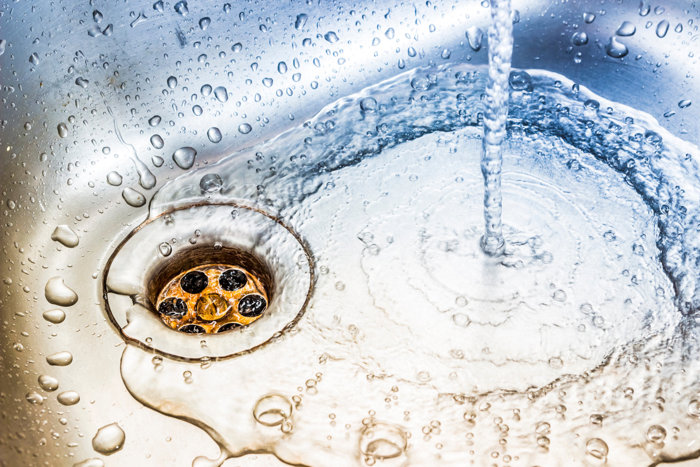
Wasting Water is Money Down the Drain
Sinks, showers, bathtubs, washing machines, dishwashers—there are a lot of places where you use water every day. Producing and heating water takes energy—a cost that is then passed along to you, the consumer. Want to save money on your utility bills? Here are some simple, cost-effective ideas to help you save more water at home.
The average American uses 80 to 100 gallons of water a day.
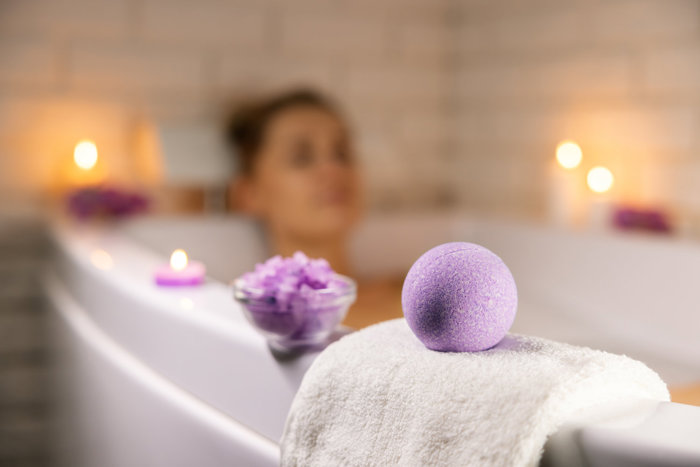
Take Fewer Baths
There’s nothing quite as relaxing as taking a hot bath after a long day. Although relaxing, taking a bath uses a lot of water—about 25 to 50 gallons worth. While we’re not saying to never take a bath—everyone deserves to treat themselves every once in a while—consider saving baths for special occasions and take more showers instead. Switching to showers could save 10 to 25 gallons of water every time you bathe.
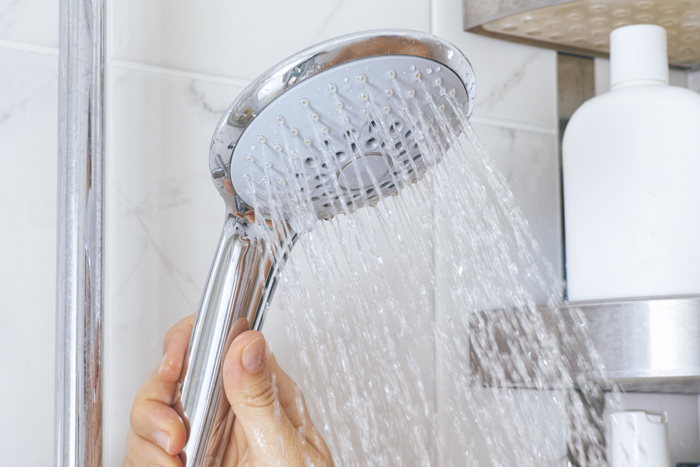
Take Shorter Showers
Speaking of the shower, try to take shorter ones. It goes without saying that a 15-minute shower uses more water (and more energy to heat the water) than, say, an eight-minute shower. To help keep an eye on how much time you spend in the shower, consider listening to music while you wash up and keep your showers to the length of about three songs.
If you’re worried you might get too distracted singing along to your favorite tunes, you can always try a more aggressive tactic: the “Navy shower.” Designed to conserve freshwater while on deployment, Navy showers (also known as GI baths) are efficient, to say the least. Essentially, you only use water to wet yourself down and rinse off and turn the water off while you’re lathering up.
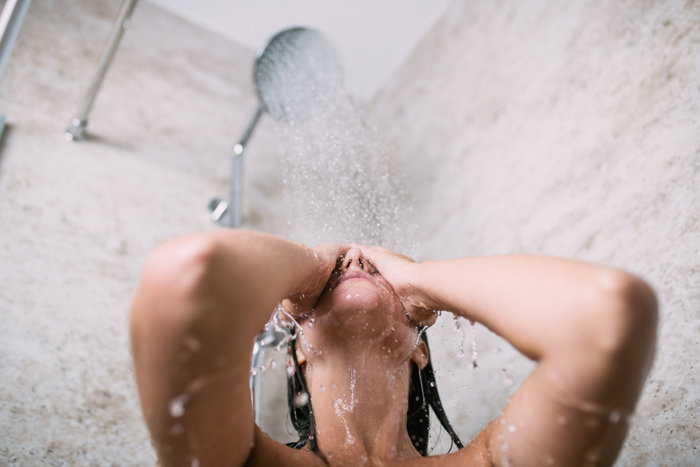
Take a Cold Shower
It can take some time for water to heat up when you’re waiting to hop in the shower. While you could try to recycle that water (see tip #8), you could also try taking a cold shower instead. Hear us out: A cold shower is better for your health and your wallet. It doesn’t dry your skin like hot water can and helps provide better circulation. It provides energy savings as well. Since the water doesn’t need to be heated, or heated as much as it normally would, it will require much less energy used by your home’s water heater.
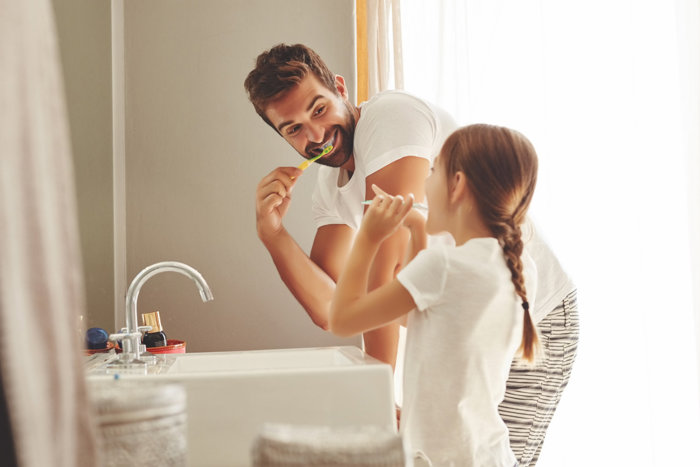
Brush Teeth With the Water Off
When brushing teeth, most people tend to leave the water running, thinking it’s no big deal. Next time try turning the water off when it’s not being used. This may seem small, but overtime, you can save up to 200 gallons a month by turning off the tap while brushing.
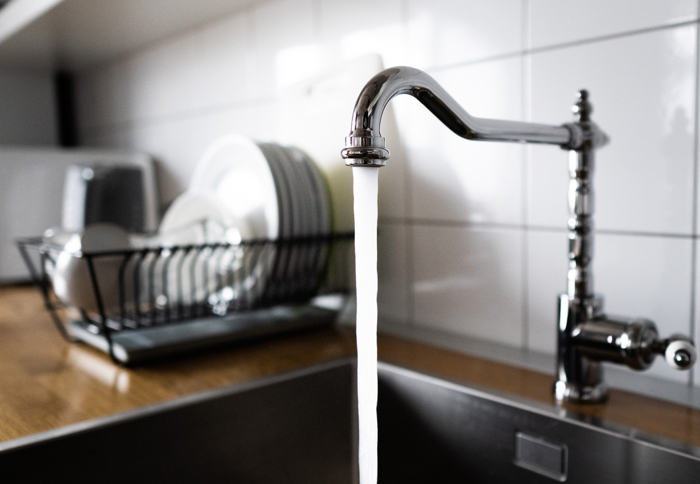
Install Low-Flow Shower Heads and Faucet Aerators
Low-flow shower heads and faucet aerators provide an easy way to conserve water in your home. Low-flow shower heads, for example, can save water by reducing flow rates to 2.5 gallons per minute. The same goes for your bathroom and kitchen faucets. Low-flow faucet aerators can help conserve water on older faucets in your home.
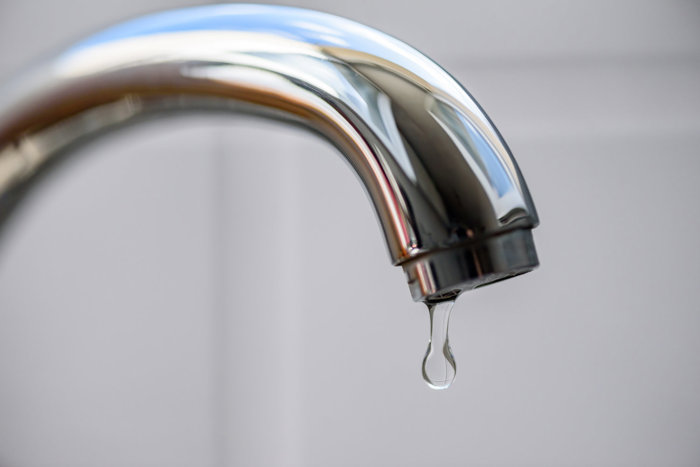
Fix Leaky Faucets
The average household loses almost 10,000 gallons of water to leaky faucets and pipes every year with 10 percent of homes losing 90 gallons to leaks every single day. Check your faucets and bathroom pipes for leaks regularly and fix any leaks you find as soon as possible. Along the same lines, you’ll want to inspect caulking around your sinks, showers, and toilets and replace if needed.
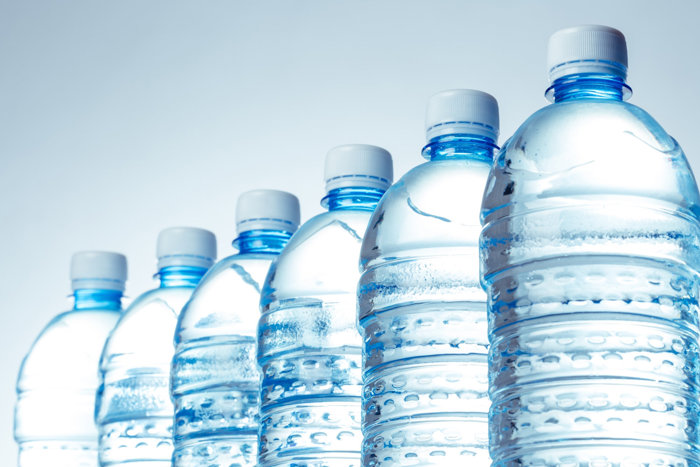
Use the Plastic Bottle Trick
Putting a plastic water bottle in your toilet tank is an easy hack to reduce the amount of water needed to fill your toilet after each flush. Simply fill a bottle with sand or a few pebbles and place the bottle in the back of your toilet. By placing the bottle in your toilet tank, less water will be needed to fill the tank, which can help save on your utility bills.
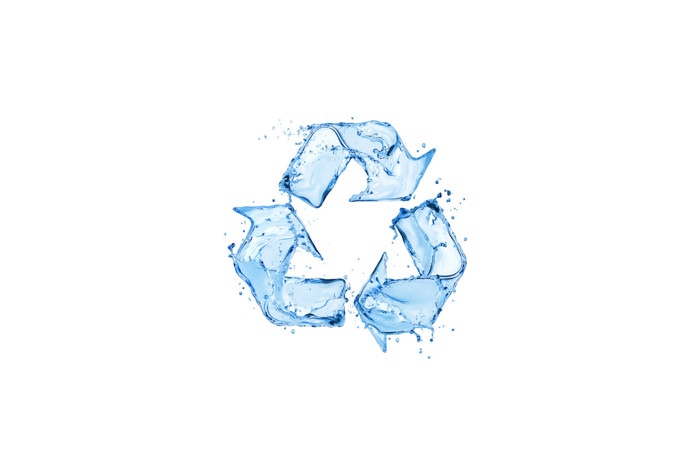
Recycle Water
Running a shower until it’s just the right temperature is money down the drain. While you’re waiting for your shower to heat up, consider putting a bucket in the shower to collect the unused water. Any water you collect can then be used to water houseplants.
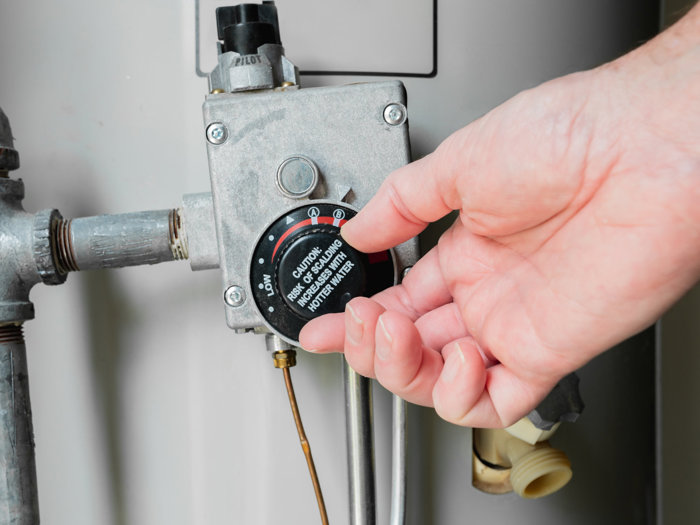
Lower the Temperature of Your Water Heater
As long as we have hot water, most of us probably don’t give our water heaters much thought. However, dialing back the temperature on your water heater could be an easy way to save money on your electricity bill, without having to sacrifice comfort. In fact, small changes, like lowering the temperature 10⁰F, can save you between 3-5 percent on your water heating costs. The U.S. Department of Energy recommends setting your water heater temperature to 120⁰F.
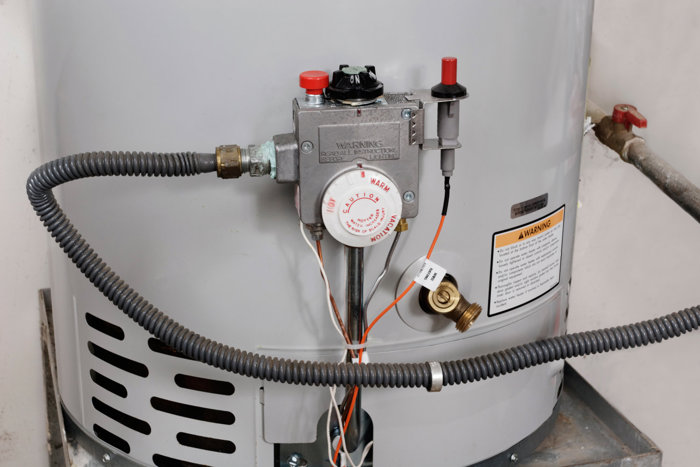
Insulate Your Water Heater
Just like insulating your walls, insulating your hot water tank can help you work toward a lower energy bill. A quick test you can perform is to simply feel your water heater’s tank. If it’s warm to the touch, then you need additional insulation.
To insulate your water heater, wrapping your tank in pre-cut jackets or blankets could reduce standby heat loss by 25-45 percent. Essentially, this translates into about 7-16 percent in savings for hot water costs.
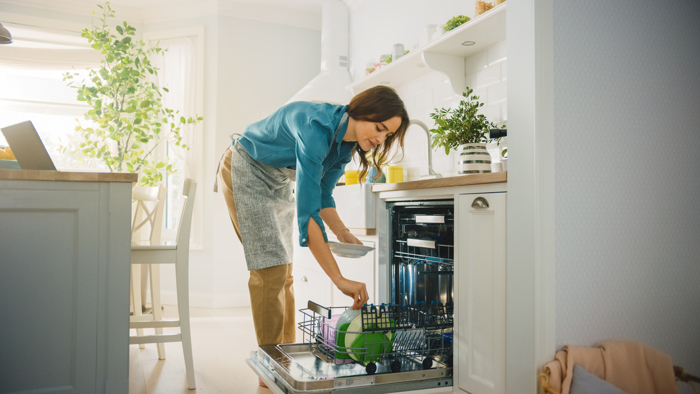
Use a Dishwasher to Clean Dirty Dishes
Believe it or not, washing dishes the old-fashioned way by hand won’t save you any money on your utility bills. Instead of scrubbing, rinsing, and drying each dish, loading them all in an Energy Star-certified dishwasher uses far less water and electricity. Energy efficient dishwashers use less than half as much energy and save nearly 5,000 gallons of water a year, compared to the manual method.
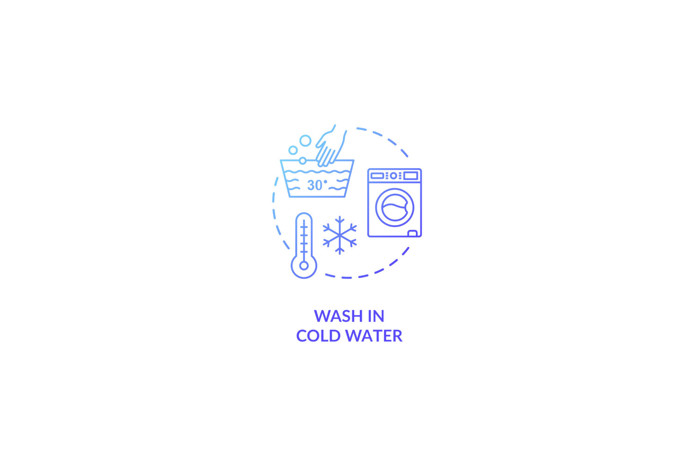
Wash Your Clothes in Cold Water
On laundry day, be sure to wash your clothes in cold water, instead of warm or hot water. Not only will this help you cut your load’s energy use in half, but it is also better for your clothes. Hot water is known to shrink and wear out your clothes quicker, and it won’t even get hot enough to kill germs. (That’s what your dryer is for!)


